Where to Start Marketing Plan? -Think About R-STP-MM-I-C Framework
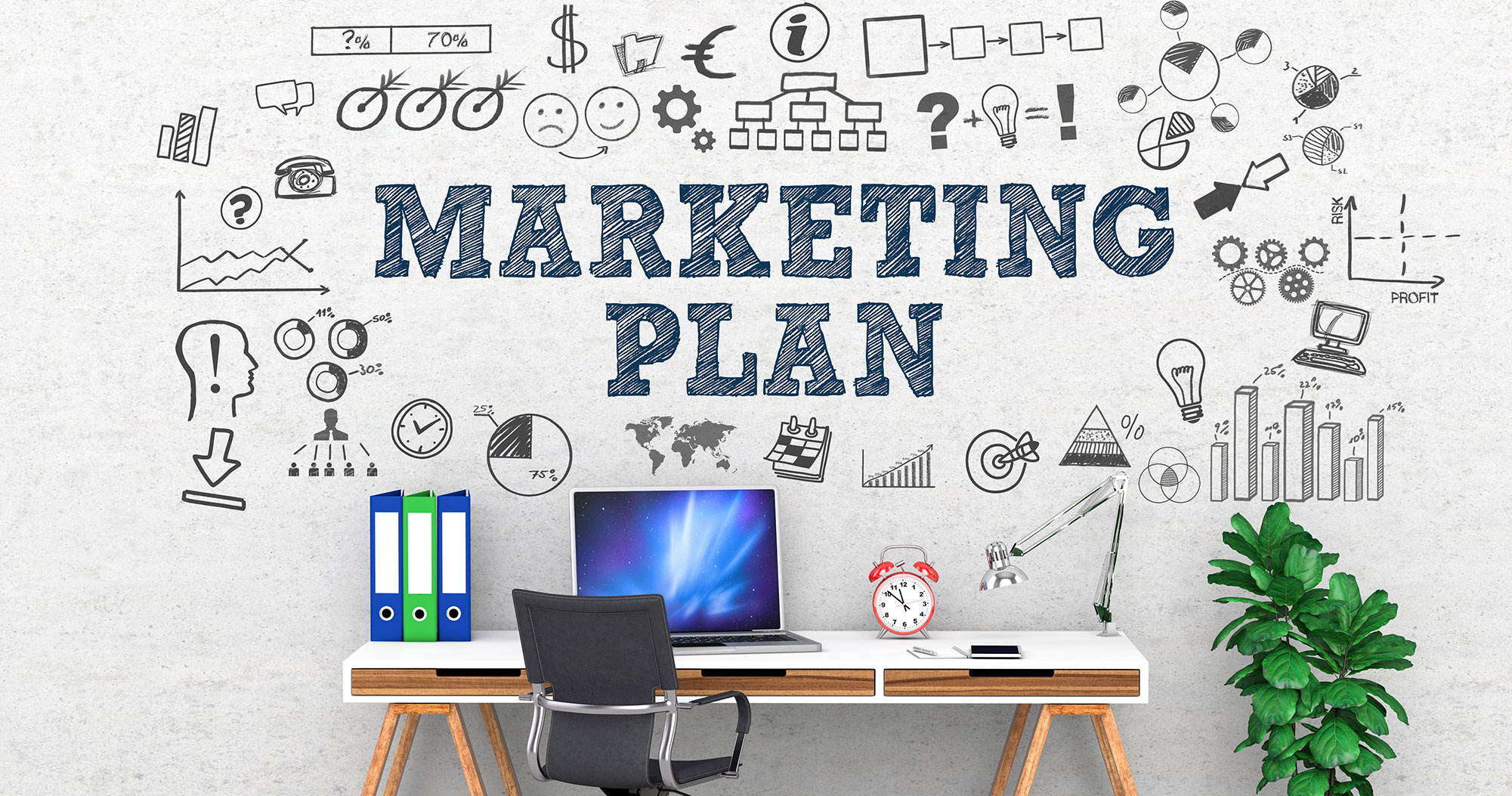
Some people who are new to marketing might not be sure where and how to start creating a marketing strategy. There are so many ideas and keywords relating to marketing. This article will introduce the R-STP-MM-I-C, which is a basic framework to make marketing plans. It seems a complicated idea, but I will explain it step by step.
Table of Contents
What is R-STP-MM-I-C?
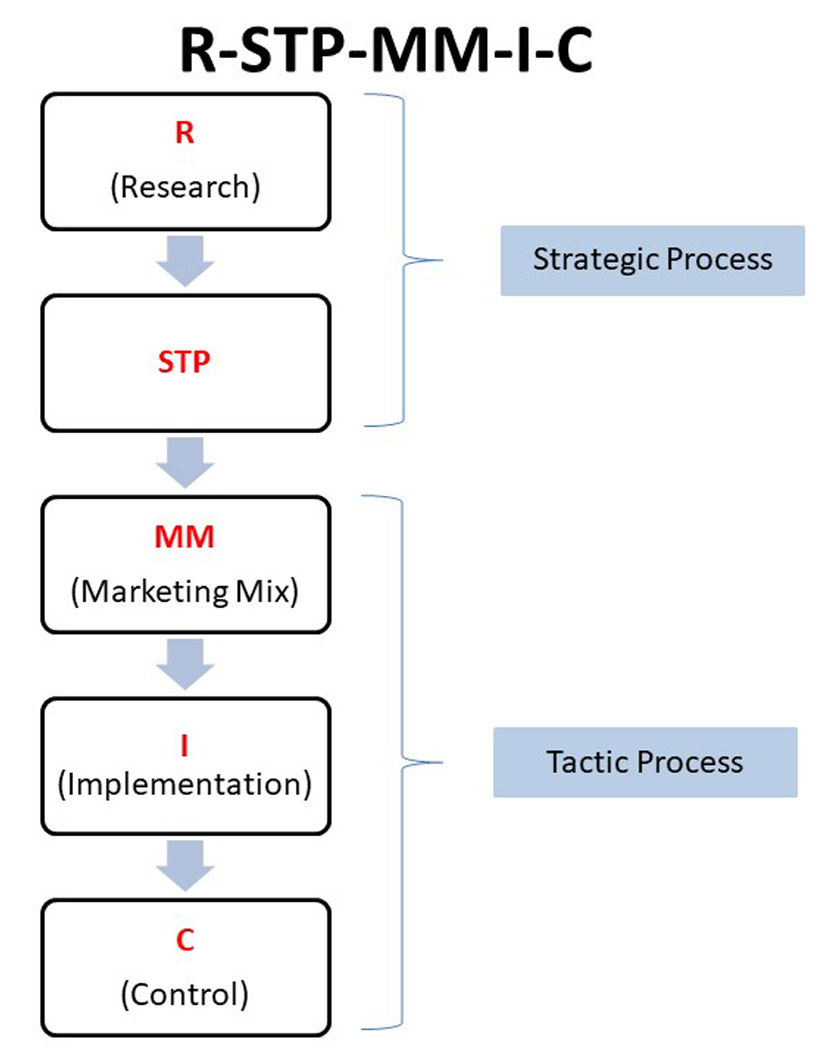
R-STP-MM-I-C is introduced by Philip Kotler, known as the “father of modern marketing.” He explained this framework consists of the strategic process and tactic process.
Strategic Process =「R, STP」
First, we need to figure out 「what we need to do for selling products/services 」.
The strategic process is the foundation of the following plans we later make as a tactic process.
R = Research
Research is conducted for both macro-environmental factors and micro environmental factors influencing companies.
①Macro Environment
Macro-environment factors are what influences companies that they don’t have control over.
- Political forces
- Economic factors
- Social and cultural forces
- Technological factors
- Demographic factors
- Natural and physical forces
PEST Analysis
PEST analysis is a framework used when conducting strategic analysis and market research. Understanding different macro-environmental factors help you understand your company position, market growth, decline, etc.
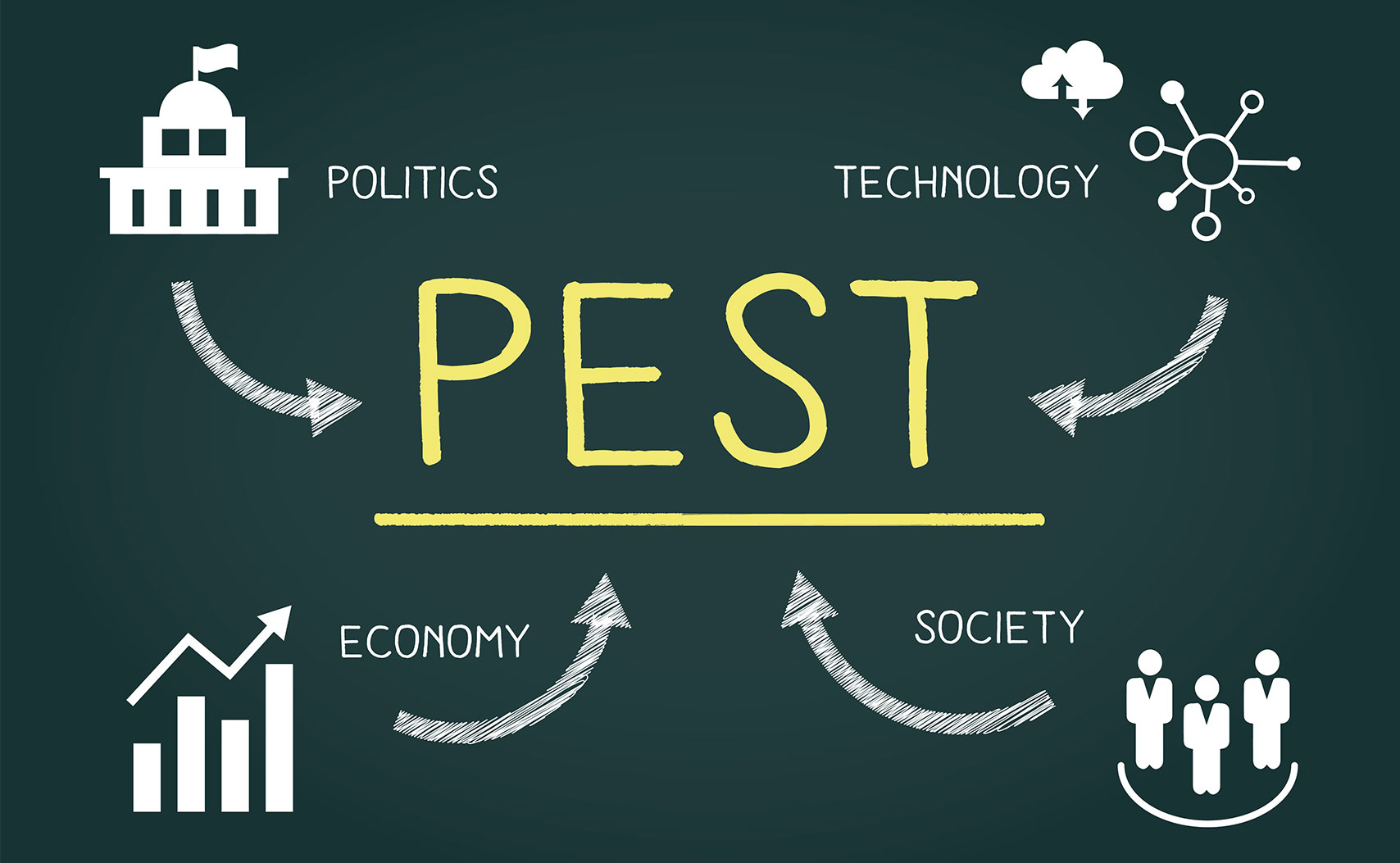
PEST stands for politics, economics, society, and technology.
- Political factors that change laws and market rules
- Tax policy
- Labor law
- Environment law
- Trade restrictions
- Tariffs
- Economic factors that influence the economy and economic growth, and value chain
- Economic growth
- Inflation rate
- Exchange rate
- Interest rate
- Consumption trend
- Cost of living
- Social factors that influence population and demand structure
- Population growth rate
- Age distribution
- Cultural aspects and health consciousness
- Religions
- Education
- Language
- Technological Factors that influence IT
- Infracture
- IT
- Innovation
- New technology
- Patent
Micro Environment
The micro-environment is the environment that directly impacts a company.
- Customers
- Suppliers
- Resellers
- Competitors
- The general public
3C
3C analysis is a framework to find KSF(key success factor) for the company by analyzing customers, competitors.
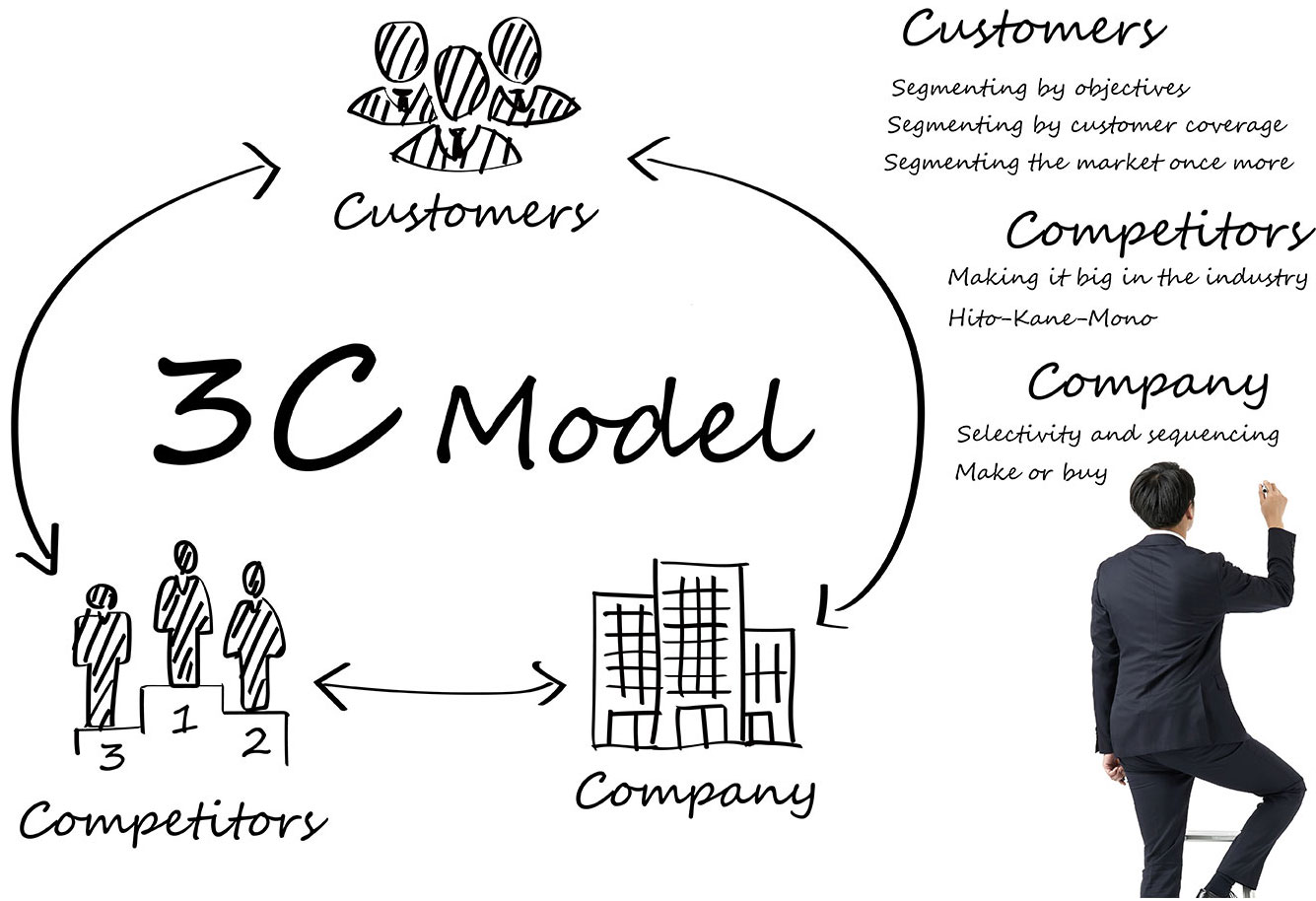
- Customer: market and customer needs changes
Marketing starts with customer needs and market needs. You can ask customers to take a survey and set a persona for this section.
- Competitors: How competitors deal with the customer needs changes.
Analyze the competitors and understand what the competitors are better or worse than your company.
- Company: What your company can do based on the customer and competitors analysis
When you know what the market and customer needs and how your competitors take actions towards them, you may get an idea of what your company can do.
SWOT
SWOT analysis is often used for management strategies and analyzing the current situation.
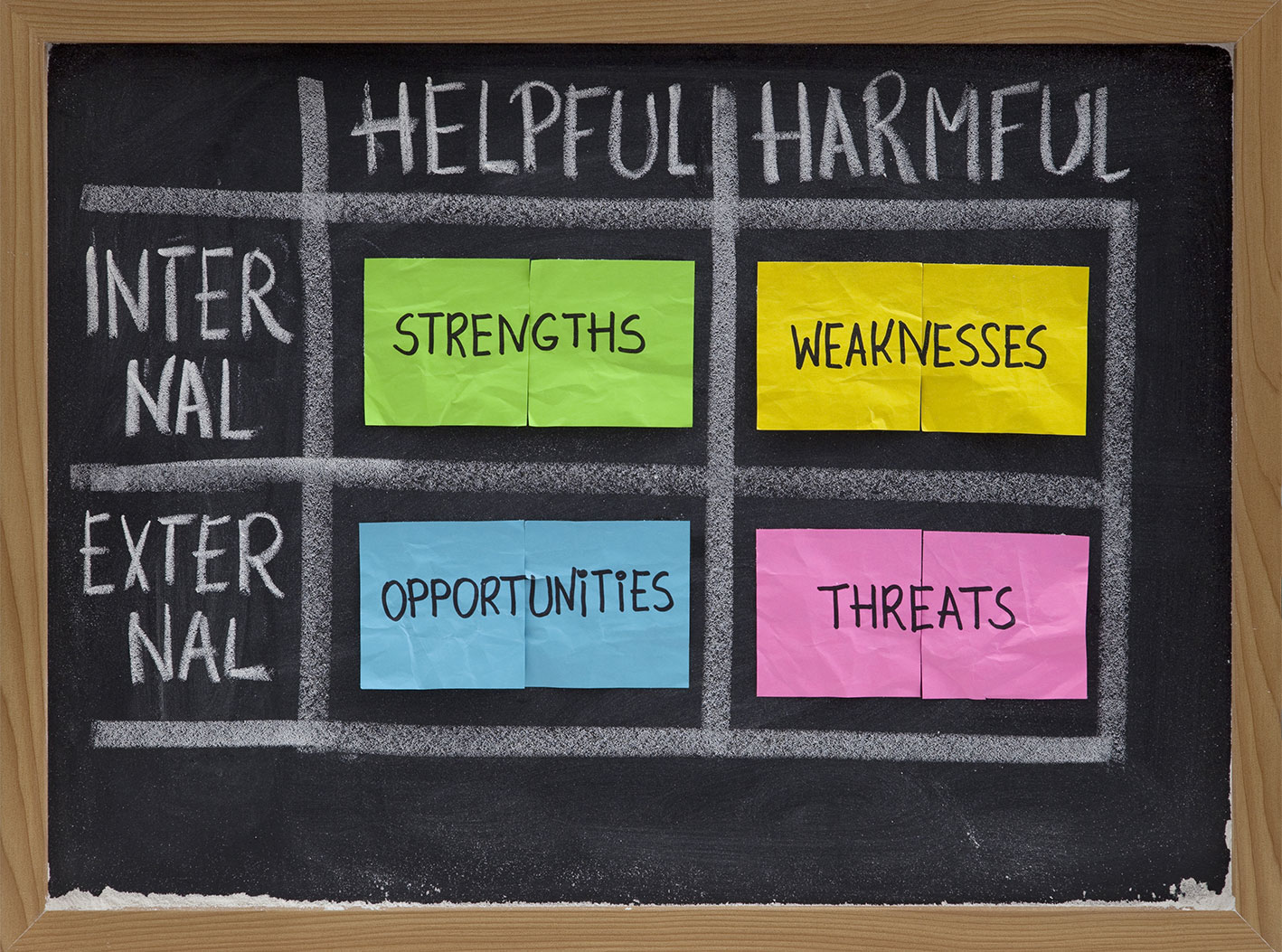
- Strength: Internal characteristics that contribute to a goal accomplishment
This section analyzes why customers need/want your products/services. Is that because of the quality or name value?
- Weakness: Internal characteristics that obstacle a goal accomplishment
Here, you will think of what causes your company to behind your competitors. Such as cost and resources are considered as factors for weakness.
- Opportunity: External characteristics that contribute to a goal accomplishment
You may consider external environment changes that can be your business chance and analyze how your competitors react to those changes.
- Threats: External characteristics that obstacle a goal accomplishment
Sometimes, you can’t control factors that are harmful to your business. However, you can make a new shift or change by expecting those threats.
Besides SWOT analysis, 5 Force can be used as well.
The main differences between them are:
SWOT analyzes deeper internal potential the company has, while 5 forces are determining an industry’s strengths and weaknesses by analyzing more external competitive forces that shape an industry.
However, both SWOT and % Forces can be used to make strategic plans.
STP = Segmentation, Targeting, Positioning
This framework is used for product differentiation.
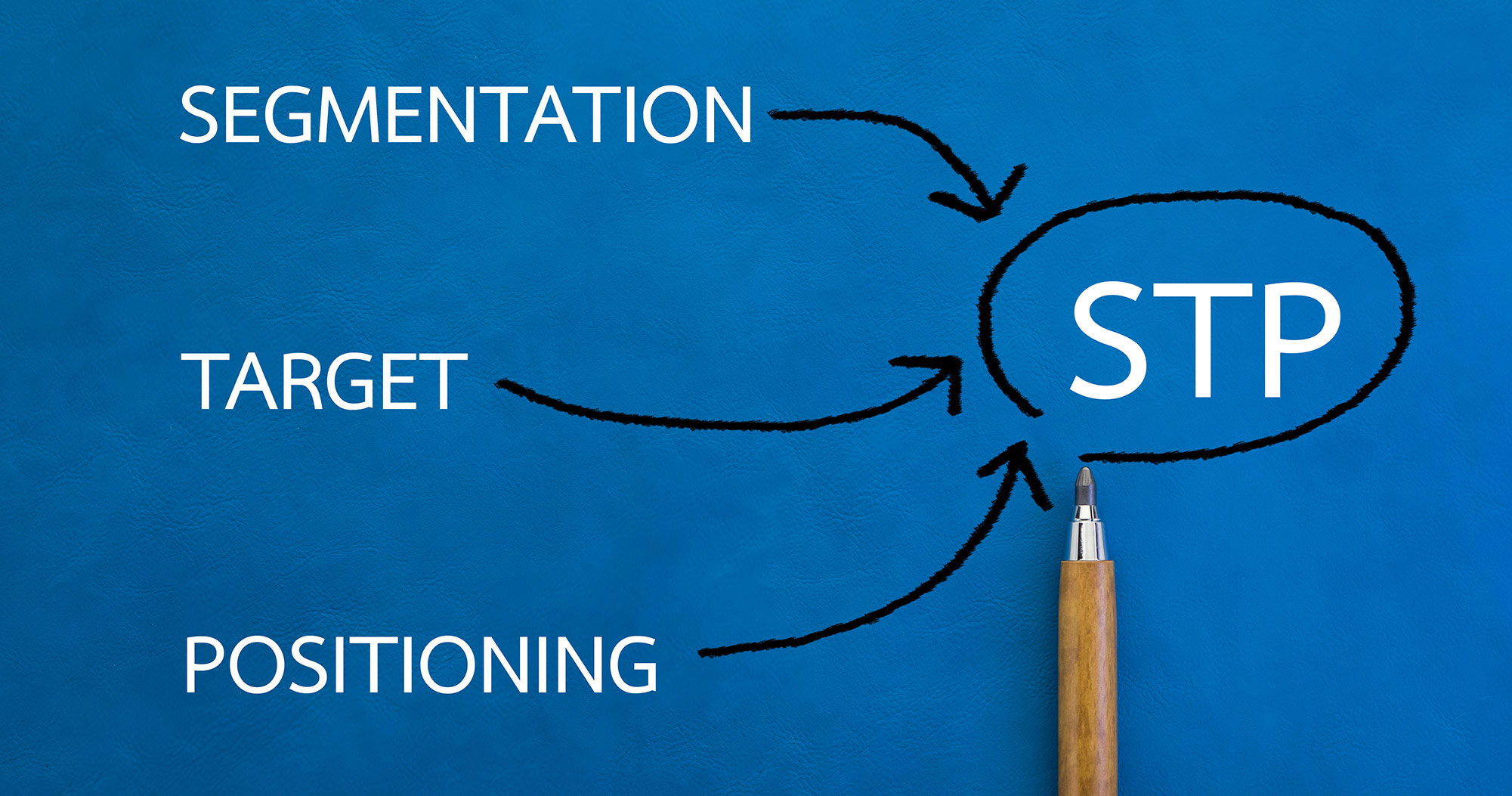
- Segmentation: market segments
Dividing a target market into smaller, more defined categories.
- Targeting: target market selection
Determine which segment to target.
- Positioning: what position in the market to take place
Mapping competitors based on the key factors and see where in the map your company should locate to differentiate from others.
Tactic Process =「MM-I-C」
Now, let’s make the strategic plan a more practical one. In the tactic process, we think about 「How to create the products/service & how to sell them」.
MM = Marketing Mix
For the marketing mix, there are two different perspectives; seller side and customer side.
①4P (Seller Perspectives)
4P includes product, place, price, and promotion.
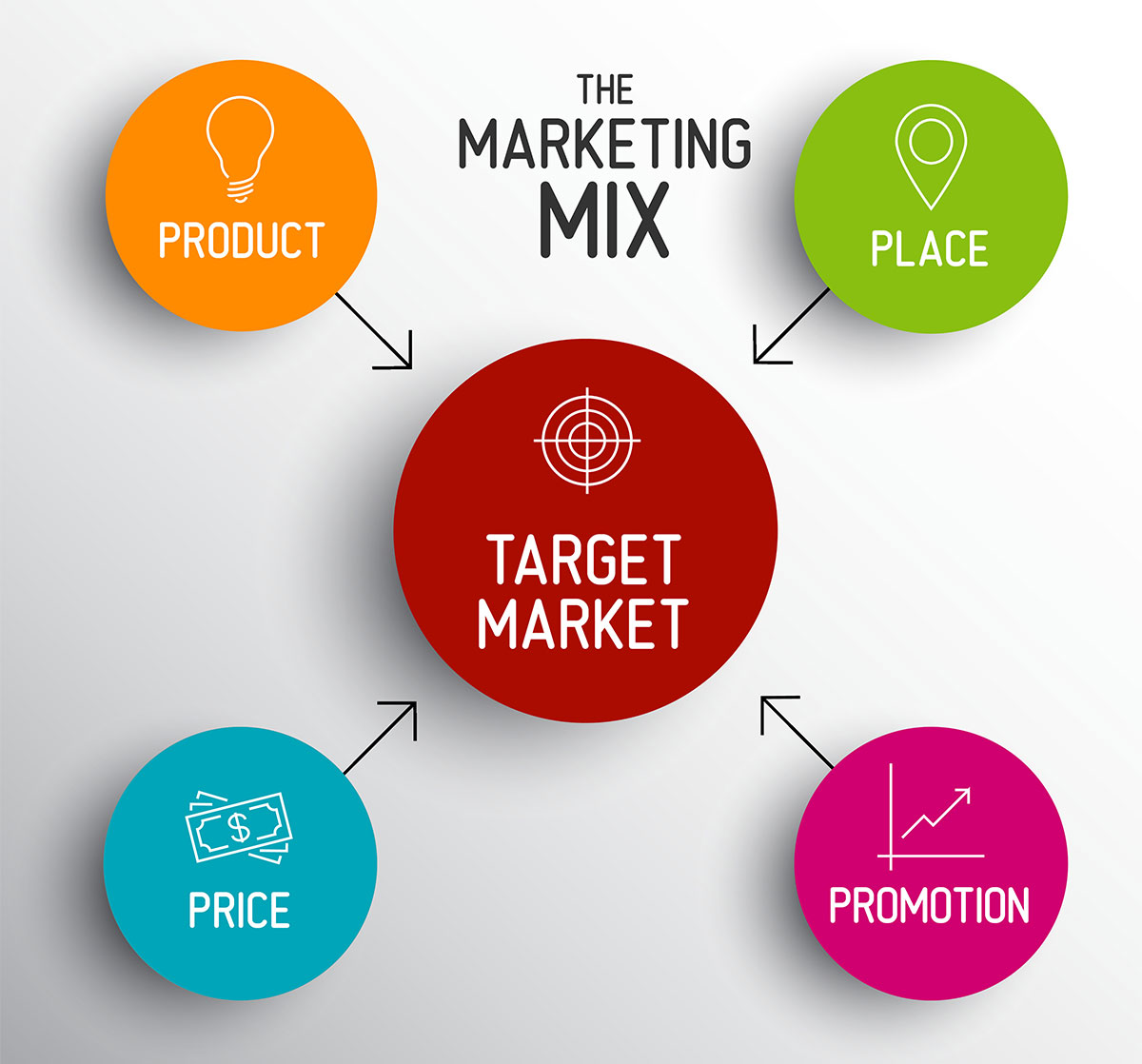
- Product
Think about what product meets new or existing customer needs. Components you should consider include package design, features, quality of the product, brand name, and customer service after the purchase.
- Price
Things relating to price include pricing, payment methods, and discounts.
- Place
Location, Distribution channels.
- Promotion
Advertising, public relations
②4C (Customer Perspectives)
4C is a marketing mix from customer perspectives. 4C is opposed to 4p.

- Consumer
Customer needs/wants. Values customers can get from the products and service. Remember, the value is feelings and outcomes customers can get from the products/services, not the value of the products/services themselves.
- Customer Cost
Customer cost includes all the costs and time customers consume to buy/use the products/services. ex) transportation cost, shipping fees, and traveling time.
- Communication
Communication includes how a company tells messages to customers, and a company builds a relationship with customers.
- Convenience
Convenience means how easily customers can access the products/services.
I = Implementation
Implement the strategic and tactic plans created.
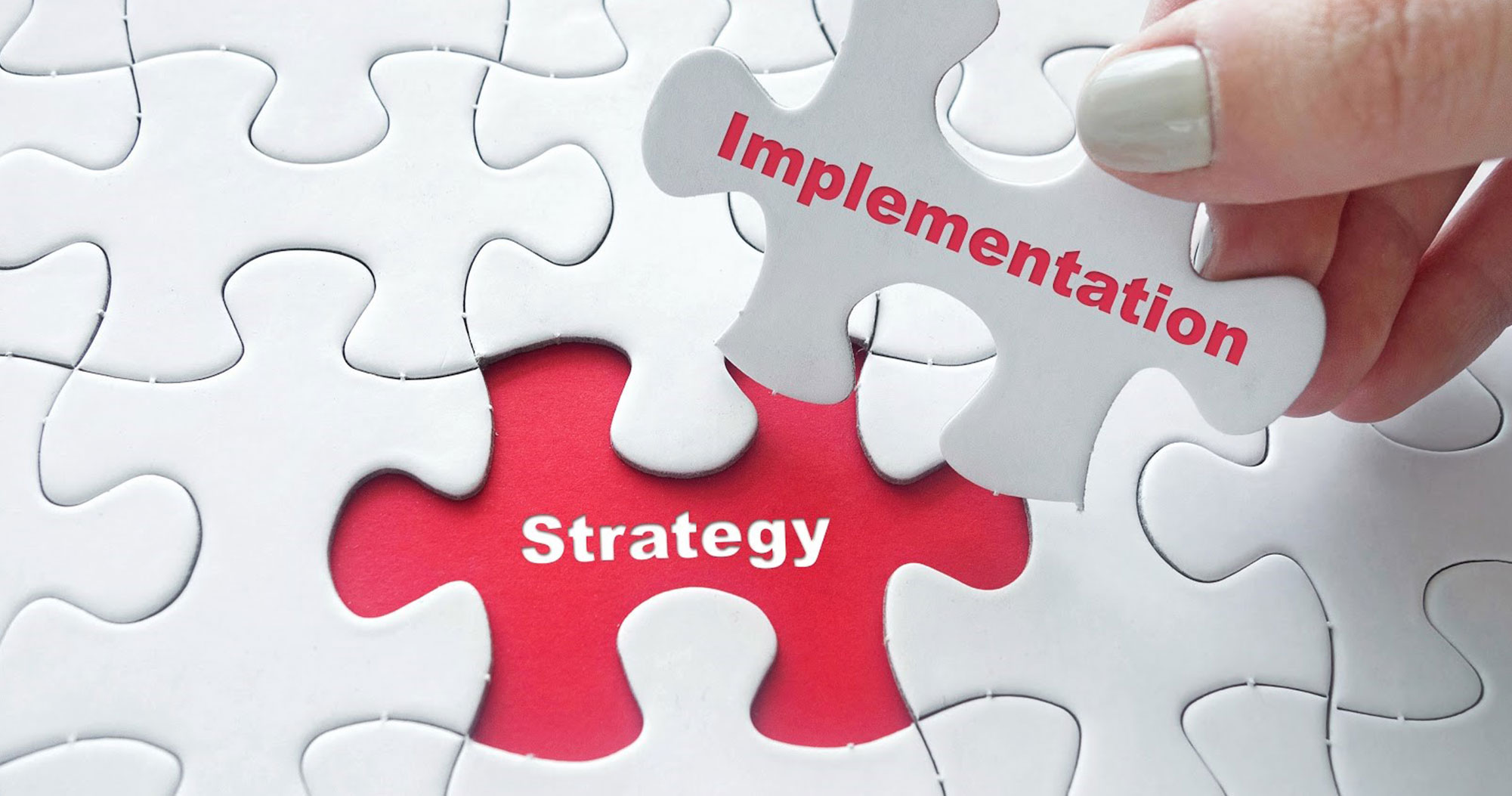
C =Control
The last step is controlled. Improve the plans based on the result after the implementation.

Summary
For those who are not familiar with marketing, making a marketing plan might be challenging. Following the R-STP-MM-I-C framework, you can analyze different factors and know what and how to sell products/services.


.jpg)
.jpg)
.jpg)


